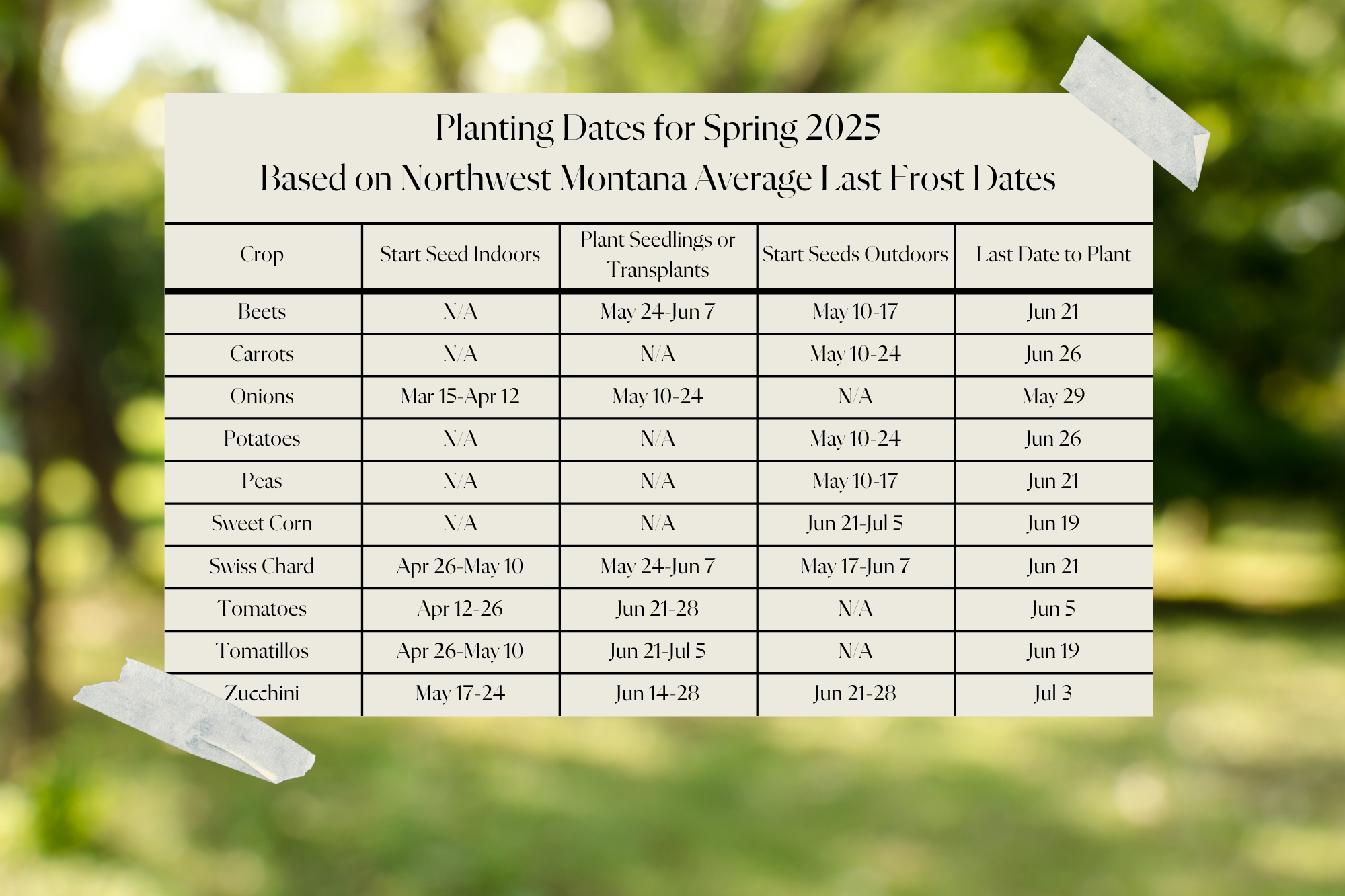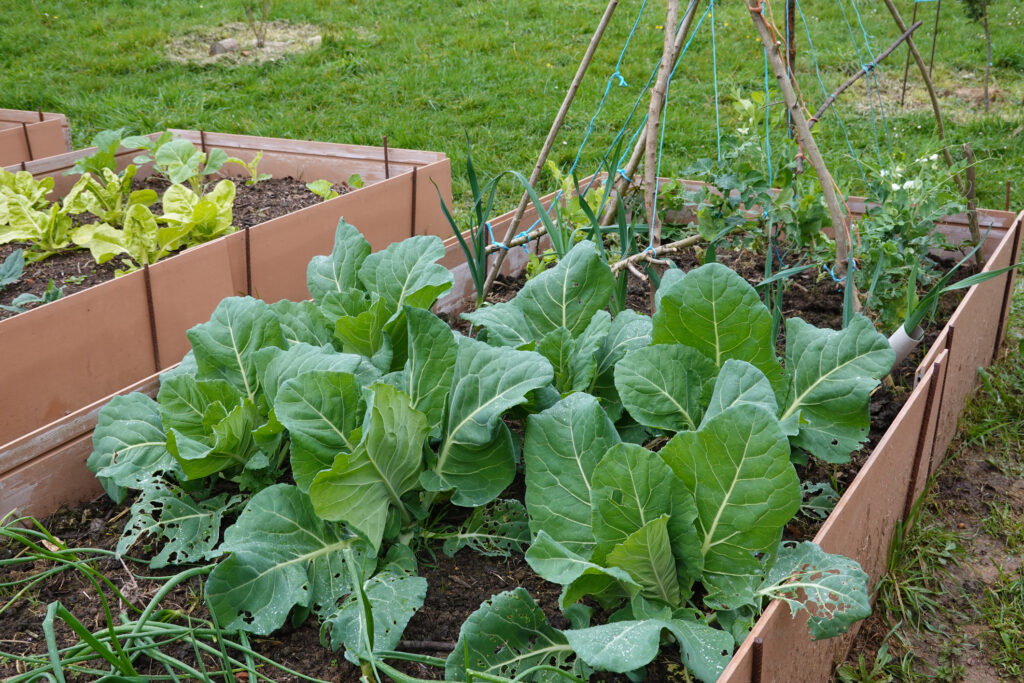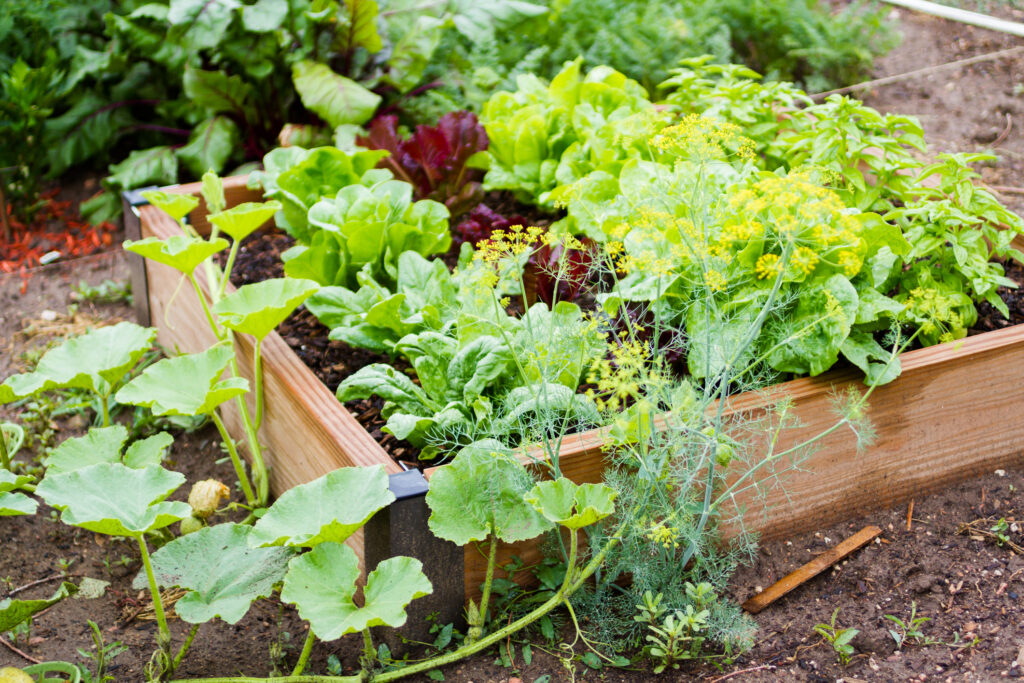As the snow begins to melt off the mountains and the smell of wet earth returns to the air, my garden gloves start calling my name. There’s something deeply grounding about getting your hands in the dirt after a long Montana winter. But if you’re like me—eager to plant, but cautious about unpredictable weather—you know that timing is everything.
That’s where the Farmers’ Almanac comes in handy. It’s a mix of age-old wisdom and practical planting tips that help take the guesswork out of when to start your garden here in Northwest Montana.
Whether you’re new to the game or a seasoned grower, here’s a simple guide to help you plan your planting season based on our region’s growing conditions—mainly USDA Zones 4 and 5.
Know Your Zone (and Your Frost Dates)
From Whitefish to Missoula and everywhere in between, most of our Northwest Montana region falls within USDA Hardiness Zones 4b to 5b. That includes places like Kalispell, Bigfork, the Swan Valley, and Seeley Lake. Missoula sits in one of the warmer zones—Zone 5b—while mountain valleys may still hold onto chillier microclimates.
Here’s a general guide to our frost dates:
- Average last frost: Around May 15 to June 1
- Average first frost: Somewhere between September 15 and October 1
These frost windows shape everything. Plant too early, and a rogue cold snap can undo weeks of progress. Plant too late, and you might miss the full harvest window. Timing is key.
Planting Calendar at a Glance
Here’s a breakdown of when to start your favorite veggies. (Don’t worry, I included some of my garden staples.)

Cool-Season Crops: Carrots, Onions, Peas, Potatoes, Swiss Chard, Beets
These guys love the chill and do well in the cooler temps of early spring. I usually tuck peas into raised beds by late April—sometimes even earlier if the weather’s cooperating—and I always keep a frost blanket handy in case Montana throws us a surprise cold snap. Carrots, beets, and potatoes go straight into the ground once the soil can be worked, and onions and Swiss chard can handle early transplanting too. These crops are tough, reliable, and a great way to kick off your season with confidence.
Warm-Season Crops: Tomatoes, Tomatillos, Zucchini, Sweet Corn
These are the divas of the garden—they want warmth, space, and absolutely no frost. I start tomatoes and tomatillos indoors in April and don’t even think about putting them outside until after June 1, once the weather has fully settled. Zucchini is a little more flexible—it grows fast, so I’ll either start it indoors in May or direct sow in early June when the soil has warmed up. Sweet corn goes straight into the ground around the same time. These heat-lovers won’t do much if they’re rushed, but give them sunshine and room to grow, and they’ll absolutely thrive.
Gardening by the Moon? Why Not!
The Farmers’ Almanac includes “best planting days” based on moon phases, and some people really swear by it. I’ve tried it myself, and while I can’t promise it led to a magical harvest, I do think it’s an interesting concept. The idea is pretty simple: plant above-ground crops during the waxing moon, and root crops during the waning moon. Some gardeners say it helps with timing and consistency. I’m not sure it makes a huge difference—but it definitely adds a little extra fun to the process.
Bonus Tips from My Garden
- Companion planting works. Basil next to tomatoes is a match made in heaven—and smells amazing while it’s working its magic.
- A little cover goes a long way. I’ve extended my greens season by weeks just by using things like lightweight fabric or old plastic bins to protect plants from cold nights. You don’t need fancy equipment—just something to keep the chill off early or late in the season.
- Keep a journal. Each year, I jot down when I planted, what worked, and what didn’t. Your garden will teach you over time.


Final Thoughts
Gardening in Northwest Montana is a lesson in patience, persistence, and pure joy. With a little planning and the Farmers’ Almanac on your side, you can grow a garden that thrives—even in our sometimes fickle climate.
If you’re planting for beauty, for food, or just for the peace of mind that comes with it—here’s to a successful season.
Happy planting!
